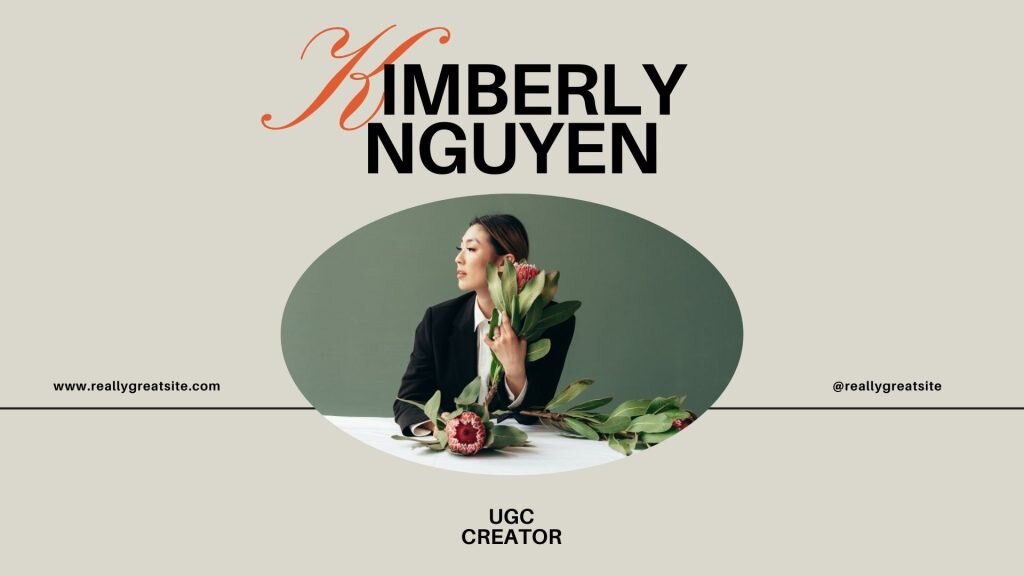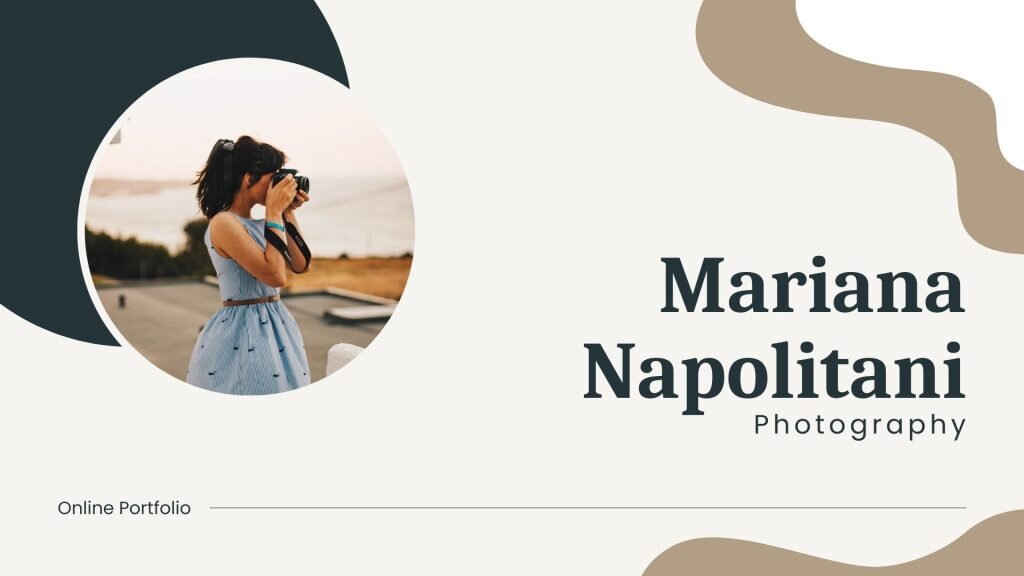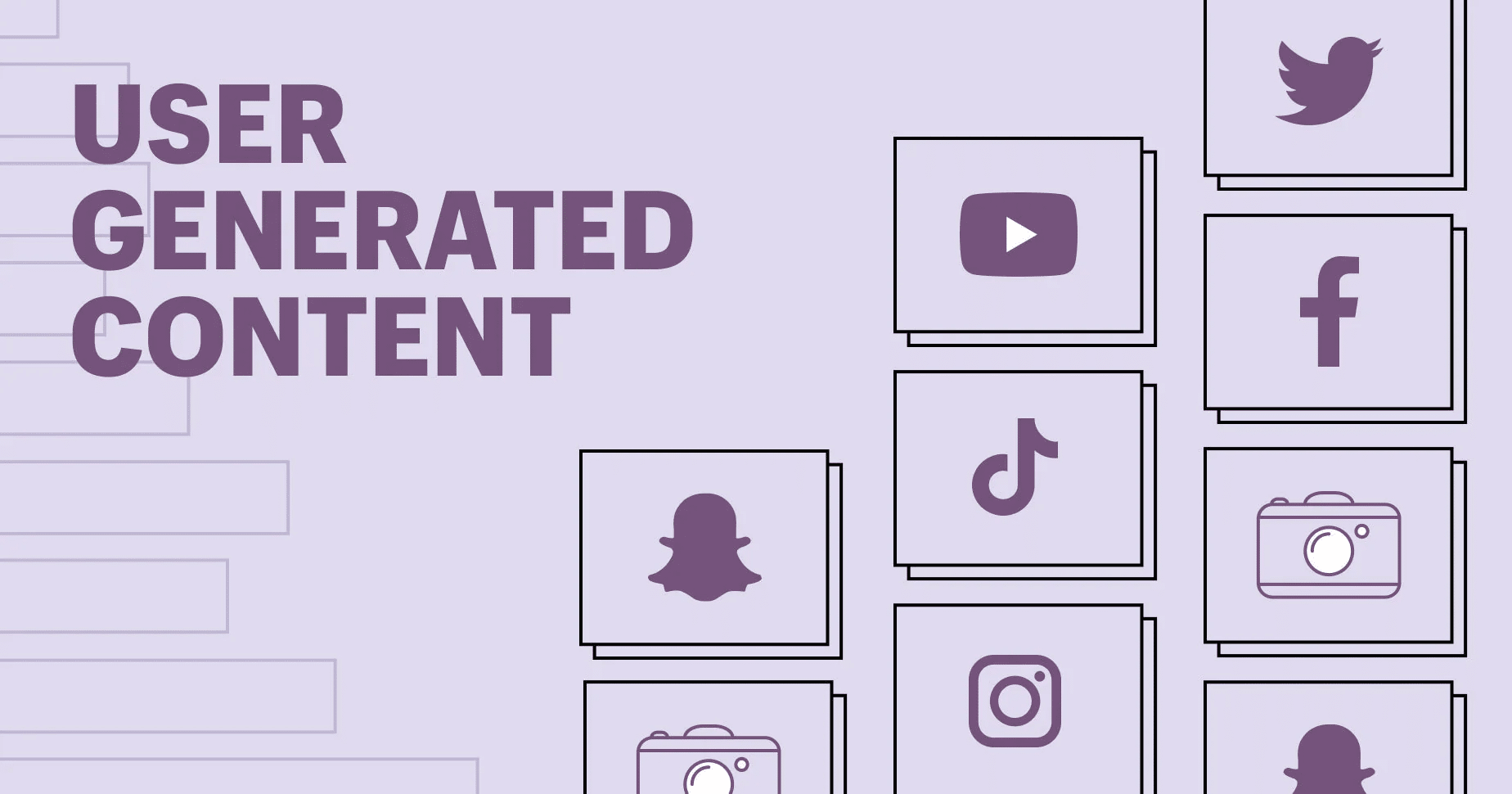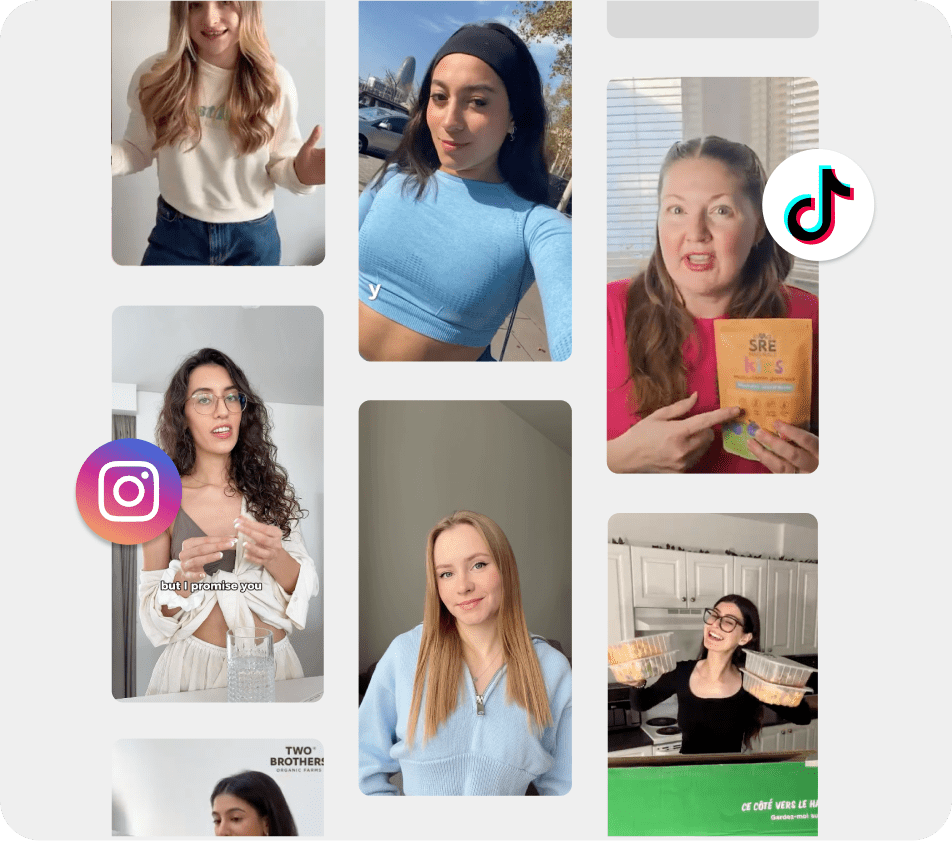In today’s online world, many people and businesses use content their users create to make their portfolios stand out. This user-generated content, or UGC, includes things like photos, reviews, and stories shared by everyday people. By showing UGC portfolio examples, we can see how regular folks use their experiences and talents to create impressive online collections. These portfolios aren’t just about showing off skills and building connections with others. Whether it’s someone sharing travel adventures or artwork, UGC portfolios help bring people together and inspire others. This article will explore different examples of UGC portfolios and how they impact the digital world.
8 UGC Portfolio Examples:
1. Claudia Alves:

Reference: Claudia Alves Portfolio
2. Henrietta Mitchell:

Refernce: Henrietta Mitchell
3. Olivia Wilson:

Refernece: Olivia Wilson
4. Avery Davis:

Reference: Avery Davis
5. Kimberly Nguyen:

Reference: Kimberly Nguyen
6. Samira:

Reference: Samira
7. Mariana Napolitani:

Reference: Mariana Napolitani
8. Juliana Silva:

Reference: Juliana Silva
How to Make a UGC Portfolio?
Creating a UGC (User-Generated Content) portfolio involves several steps to effectively curate, organize, and showcase content contributed by users. Here’s a guide to help you get started:
1. Define Your Purpose and Audience:
- Determine the objective of your UGC portfolio. Are you showcasing products, services, experiences, or talents?
- Identify your target audience and tailor your portfolio to appeal to their interests and preferences.
2. Choose Your Platform:
- Select a UGC platform that best suits your content and audience, such as a website, social media channels, or specialized portfolio platforms.
- Consider platforms that facilitate user submissions and interactions, allowing for seamless integration of UGC.
3. Establish Guidelines:
- Create guidelines for users submitting content, including formats, quality standards, and usage rights.
- Communicate guidelines through your chosen platform and encourage users to adhere to them for consistency and coherence.
4. Encourage User Participation:
- Engage actively with your audience and encourage them to contribute content through calls to action, contests, challenges, or themed based UGC campaigns.
- Foster a sense of community by acknowledging and appreciating user contributions, encouraging feedback, and facilitating user interactions.
5. Curate and Moderate Content:
- Regularly review and curate user-generated content to ensure relevance, quality, and compliance with guidelines.
- Use moderation UGC tools and filters to screen submissions for inappropriate or irrelevant content before showcasing them in your portfolio.
6. Organize and Showcase Content:
- Organize user-generated content into categories, themes, or collections to enhance navigation and user experience.
- Utilize visual elements, such as galleries, grids, or sliders, to effectively showcase content and highlight user contributions.
7. Promote Your Portfolio:
- Share your UGC portfolio across relevant channels to reach a wider audience and attract more user submissions.
- Leverage social media, email marketing, collaborations, and influencer partnerships to promote your portfolio and encourage participation.
8. Monitor and Measure Performance:
- Monitor engagement metrics, such as views, likes, shares, and comments, to gauge the impact of your UGC portfolio.
- Collect feedback from users to identify areas for improvement and refine your approach over time.
By following these steps and consistently engaging with your audience, you can create a dynamic and impactful UGC portfolio that showcases your community’s collective creativity and experiences.
The portfolio is the address of any Creator. Through this, a brand can communicate with Creators. We have already mentioned 8 UGC Creator Portfolios (WE HAVE MORE). So fill out the form below, and we will help you communicate with them.
Conclusion:
In conclusion, the showcased UGC portfolio examples demonstrate the remarkable impact of user-generated content in various niches. Each portfolio reflects individual talents and the power of community engagement and UGC collaboration, from travel adventures to culinary creations and fitness journeys to DIY projects.






